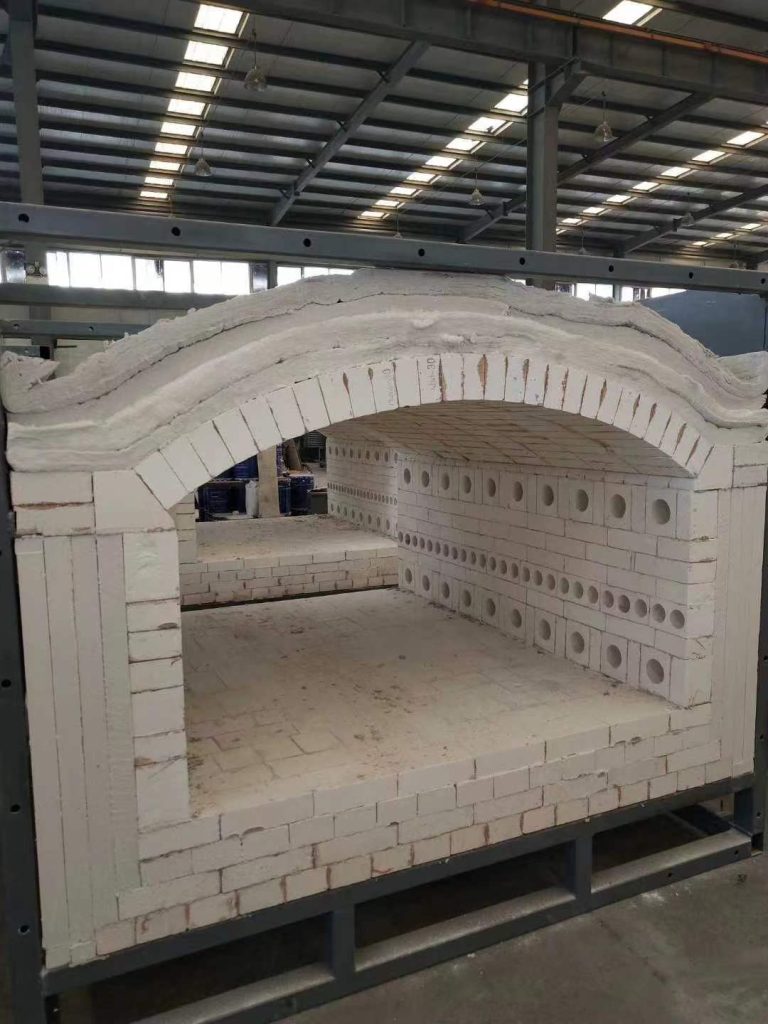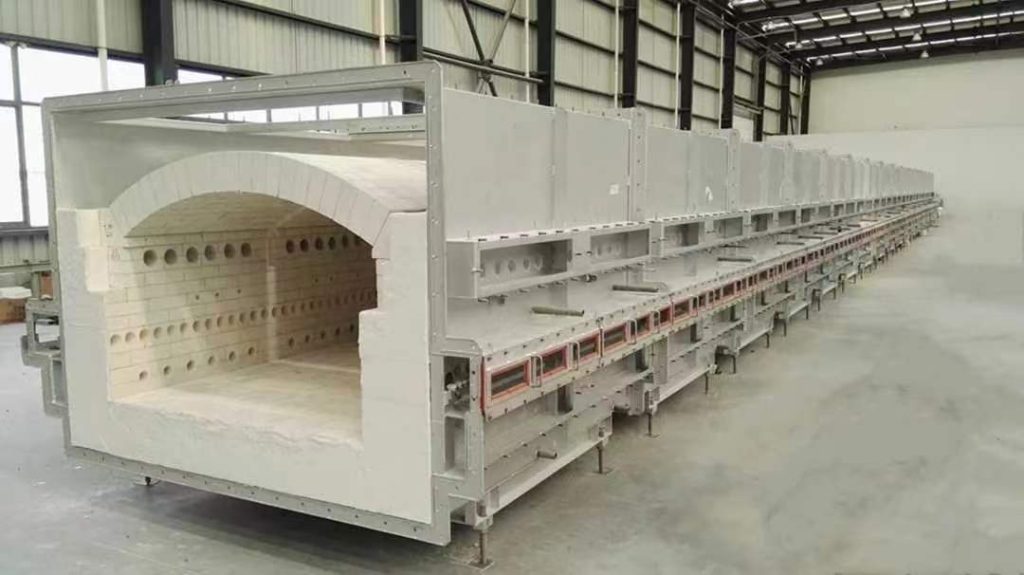Lithium battery cathode materials are divided into ternary lithium battery materials, lithium iron phosphate, lithium cobalt oxide, and lithium manganese oxide.
Lithium nickel cobalt manganese oxide (Li(NiCoMn)O2), a ternary lithium battery material, is mainly composed of nickel, cobalt and manganese. Increasing the nickel content can improve the battery life, and increasing the cobalt content can improve the stability of the battery. Increasing the manganese content can enhance the safety of the battery.
The positive electrode material of the lithium iron phosphate battery is lithium iron phosphate (LiFePO4). This positive electrode material has an olivine structure and is very stable in chemical properties, so the safety of the lithium iron phosphate battery is very high.
The positive electrode material of lithium cobalt oxide battery is lithium cobalt oxide LiCoO2, which is gray-black powder in appearance, and has the characteristics of high cost, high energy density, and poor safety.
The negative electrode material of lithium battery is mainly graphite material. Graphite material has good conductivity and has a layered structure suitable for intercalation and drag intercalation of lithium atoms.
The positive electrode material in lithium battery materials mainly passes through the roller kiln












